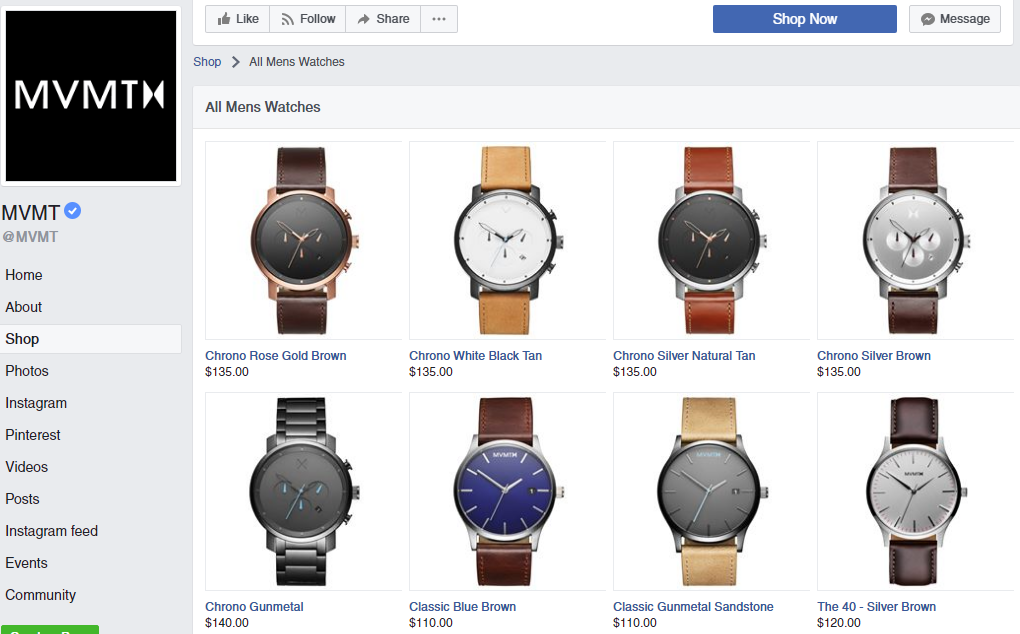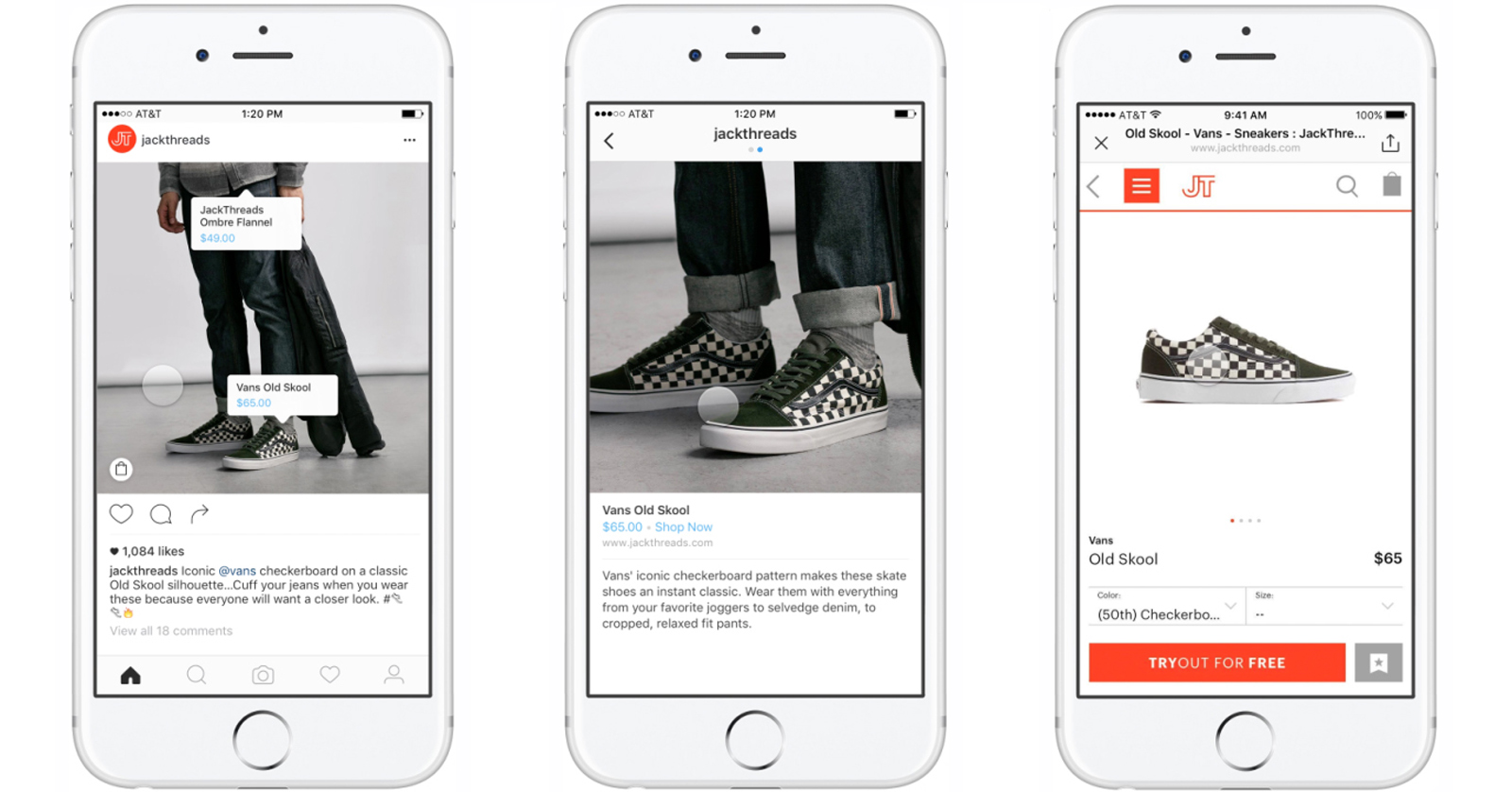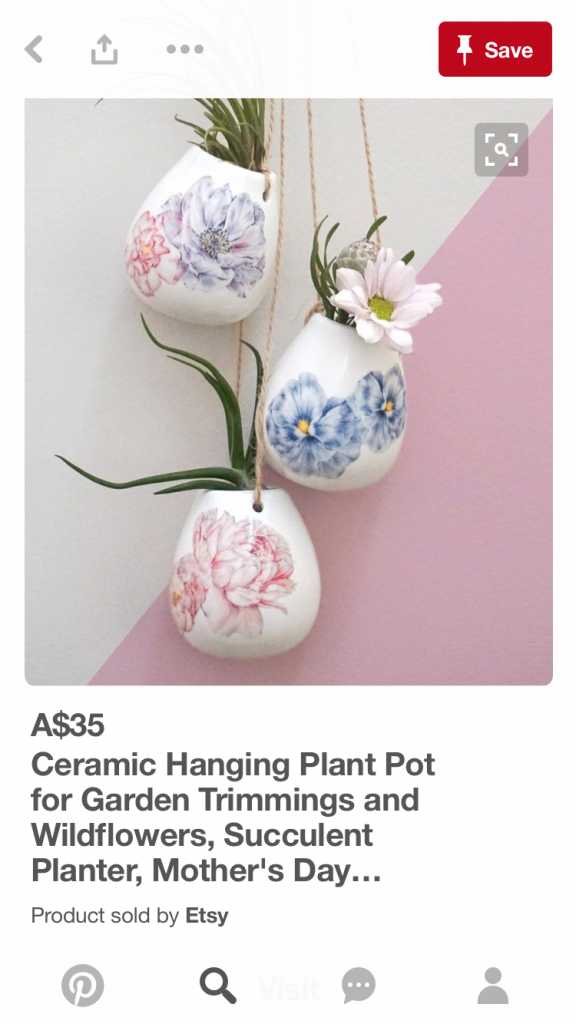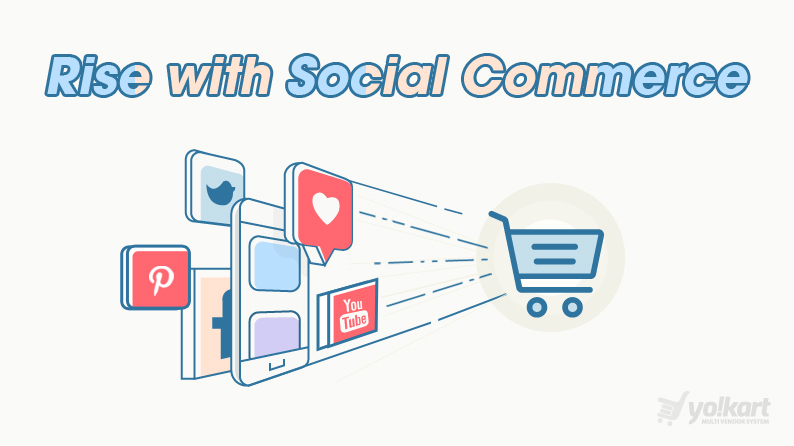For ecommerce businesses, social media may seem like a piece of cake at first. ItÔÇÖs only when a business actually tries out social media for growth that it realizes how herculean a task it can be. But for those who master it, rewards are invaluable.
Besides spreading awareness, today, ecommerce brands are also extensively using social networks to capture leads & increase sales, which in effect, is giving rise to the trend of social commerce.
Observing that, many social networks have started to offer tools & services to assist ecommerce stores drive sales from social media. We are already familiar with buying options on Facebook & Pinterest, and in recent time, there have been more advancements in this area.
This post will guide entrepreneurs on the best ways to embed social commerce with their online stores, for each social network separately.



 Facebook Messenger already has many active messenger bots which allow users to make purchases. These bots even act as a formidable customer outreach program. Since Facebook Messenger can also be accessed from the desktop computers, you can easily add this functionality to your ecommerce store.
Facebook Messenger already has many active messenger bots which allow users to make purchases. These bots even act as a formidable customer outreach program. Since Facebook Messenger can also be accessed from the desktop computers, you can easily add this functionality to your ecommerce store.
Facebook Social Commerce
Facebook is the pioneer of the concept of social commerce. Over the past few years, it has introduced several tools & options that help brands to reach, acquire, and sell to potential customers- all directly on Facebook. Some of these options are:- Create a shop within your brandÔÇÖs Facebook page to directly sell your products
- Integrate your store with Facebook shop, and migrate all your product there
- Automatic display of products on Facebook from your catalog based on what people are most likely to purchase
- Buy/Sell groups as an alternative social ecommerce platform, which niche brands are already using successfully

Experts Recommend:
- Ensure that the ecommerce solution you choose has proper social media integration for sharing products and allow easy linking of your ecommerce store & Facebook shop
- Promote your product with better visuals & use editing tools appropriately while posting a Facebook update for products
Instagram Social Commerce
Instagram is a new entrant in this segment, but given its high engagement rate, the social network has made great strides as a social commerce platform. Instagram allows sellers to add the shop now/buy button on their sponsored posts, however, there is one little problem with that ÔÇô the platform doesnÔÇÖt provide a clickable link in image caption. To curb this issue, there are 3rd party tools like Liketoknow.it, Like2buy, Soldsie, etc., that allow businesses to sell their products on Instagram rather smoothly. In addition, you can also extend your ecommerce website by integrating Instagram using developer API. There are many advantages of that:- Reach target audience easily who are loyal Instagram fan
- Display posts from Instagram users or display specific hashtags for immersive experience
- Give your website visitors a better user experience, which is both social and engaging

Experts Recommend:
- Use high quality and clear images when sharing on Instagram
- It only takes 2-3 seconds for user to scroll past a post, therefore, make the product post highly enticing
- Use the 3rd party tool that can integrate perfectly with your ecommerce store
Pinterest Social Commerce
Pinterest was one of the early responders to social commerce and has introduced numerous helpful tools like Rich Pins and Buy Buttons. The Rich Pins have been highly successful for brands as they provide more context and extra information directly on the pin. Below are a couple of notable points about Rich Pins:- There are four types of rich pins (depending on product type) – apps, product, recipe, and article.
- Product Pins make shopping easier as they include real-time pricing, availability and where to buy the product.

Experts Recommend:
- Place a Pin it button on your website to encourage sharing
- Add extra details with rich pin features
- Always add CTA and price to your Pinterest posts as it can increase engagement by up to 80%
- About 75% pinners come from the mobile app, therefore, ensure that your website is mobile friendly
Build your online store with a mobile-friendly ecommerce platform
Messaging Bots
As we move ahead into the next era of ecommerce, a new phase of social commerce has begun to emerge in the form of messaging bots. Facebook Messenger, Skype, and Kik have been spearheading this innovative feature to bring ecommerce brands onto their platform. Facebook Messenger already has many active messenger bots which allow users to make purchases. These bots even act as a formidable customer outreach program. Since Facebook Messenger can also be accessed from the desktop computers, you can easily add this functionality to your ecommerce store.
Facebook Messenger already has many active messenger bots which allow users to make purchases. These bots even act as a formidable customer outreach program. Since Facebook Messenger can also be accessed from the desktop computers, you can easily add this functionality to your ecommerce store.



